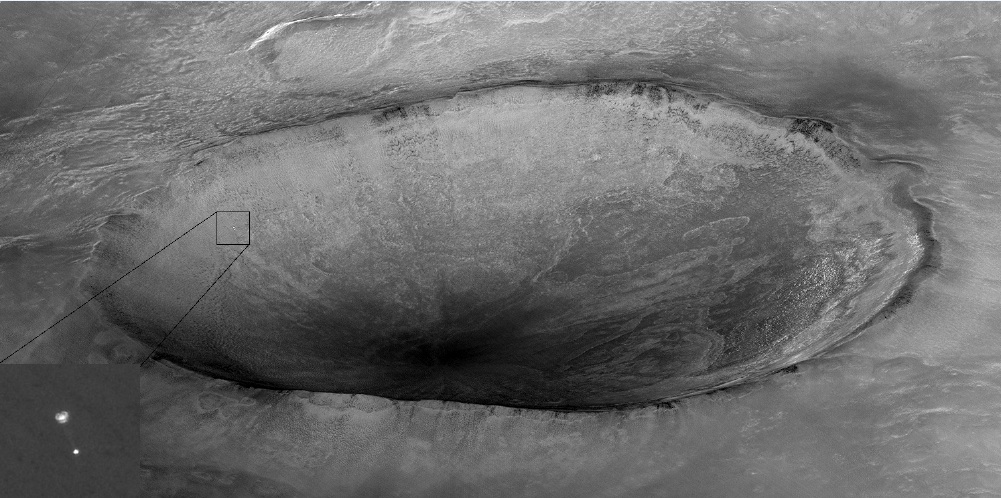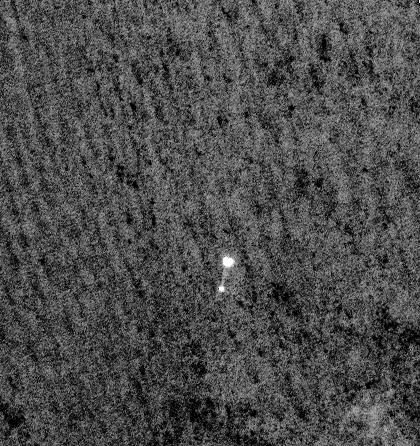Yesterday at JPL
 I had a lot of fun at this year’s Jet Propulsion Laboratory (JPL) open house. I’m happy to report that there were, once again, lots of people wandering around looking at the displays and demonstrations, asking questions, hanging out, and so forth, and an impressive turnout of JPL staff answering questions and being very enthusiastic about the science (something which is easy to do because it’s such an excellent topic!). I’ve made a video for you that is coming up at the end of this post. (Click on stills for larger views.)
I had a lot of fun at this year’s Jet Propulsion Laboratory (JPL) open house. I’m happy to report that there were, once again, lots of people wandering around looking at the displays and demonstrations, asking questions, hanging out, and so forth, and an impressive turnout of JPL staff answering questions and being very enthusiastic about the science (something which is easy to do because it’s such an excellent topic!). I’ve made a video for you that is coming up at the end of this post. (Click on stills for larger views.)
There was the usual huge emphasis on planetary exploration with rovers and robots and so forth – this seems to capture the imagination of everyone, so why not? – but I was more than a little surprised to find virtually no showing for the Planck mission. There was one poster somewhere, but no booth, no model, no description of the truly amazing science that it will do in unlocking more about the origins of the entire […] Click to continue reading this post

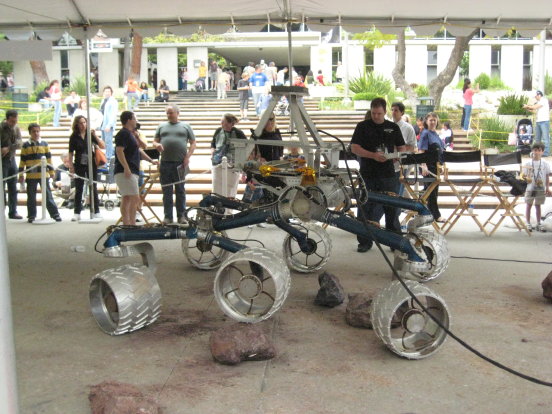
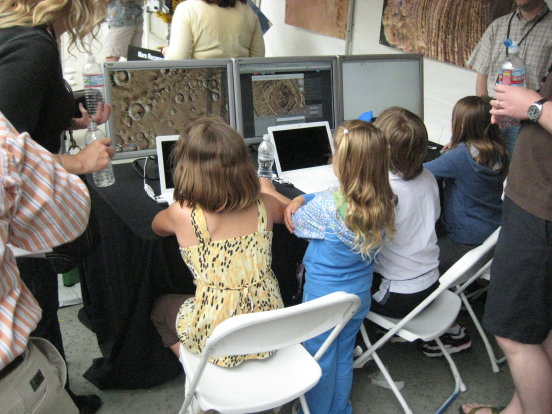
 This post would be better suited to three weeks from now, but the subject item is so very good, so here goes…
This post would be better suited to three weeks from now, but the subject item is so very good, so here goes…

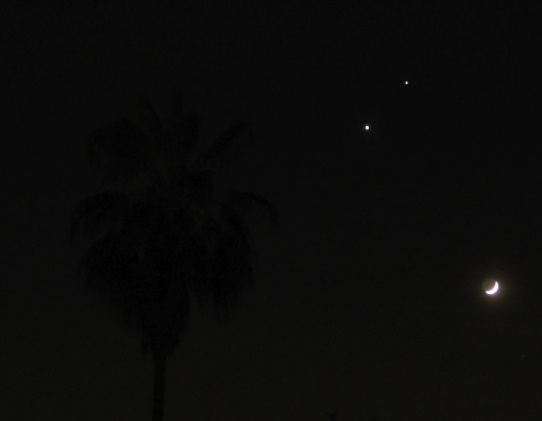
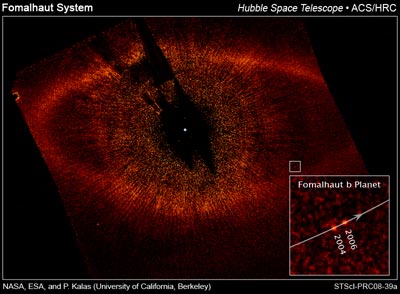
 As you may have heard, the Phoenix craft on Mars (remember?
As you may have heard, the Phoenix craft on Mars (remember? 
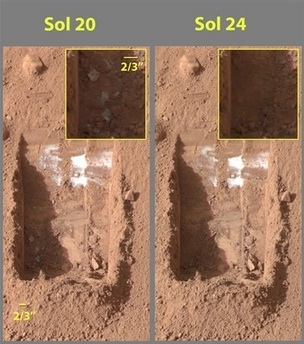
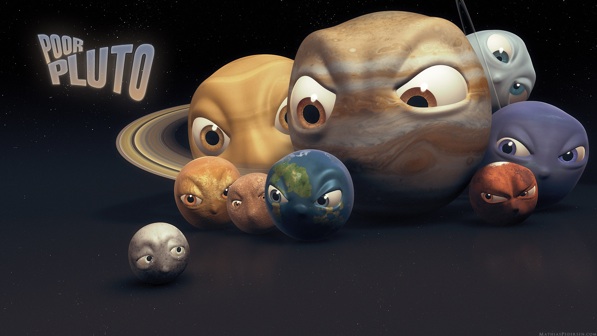 I don’t need to remind you about the Pluto reclassification episode of a while back, I’m sure. See posts
I don’t need to remind you about the Pluto reclassification episode of a while back, I’m sure. See posts 